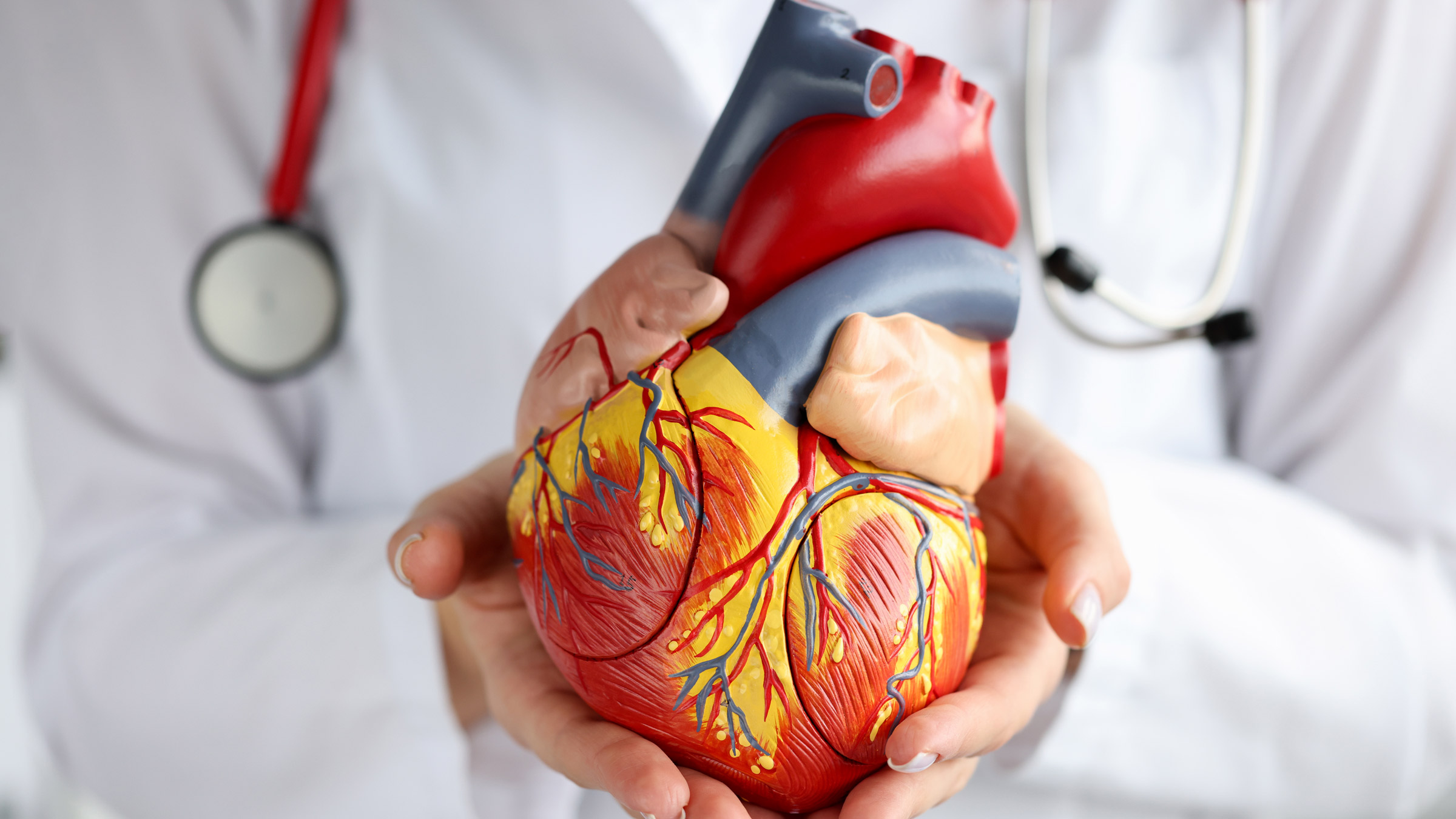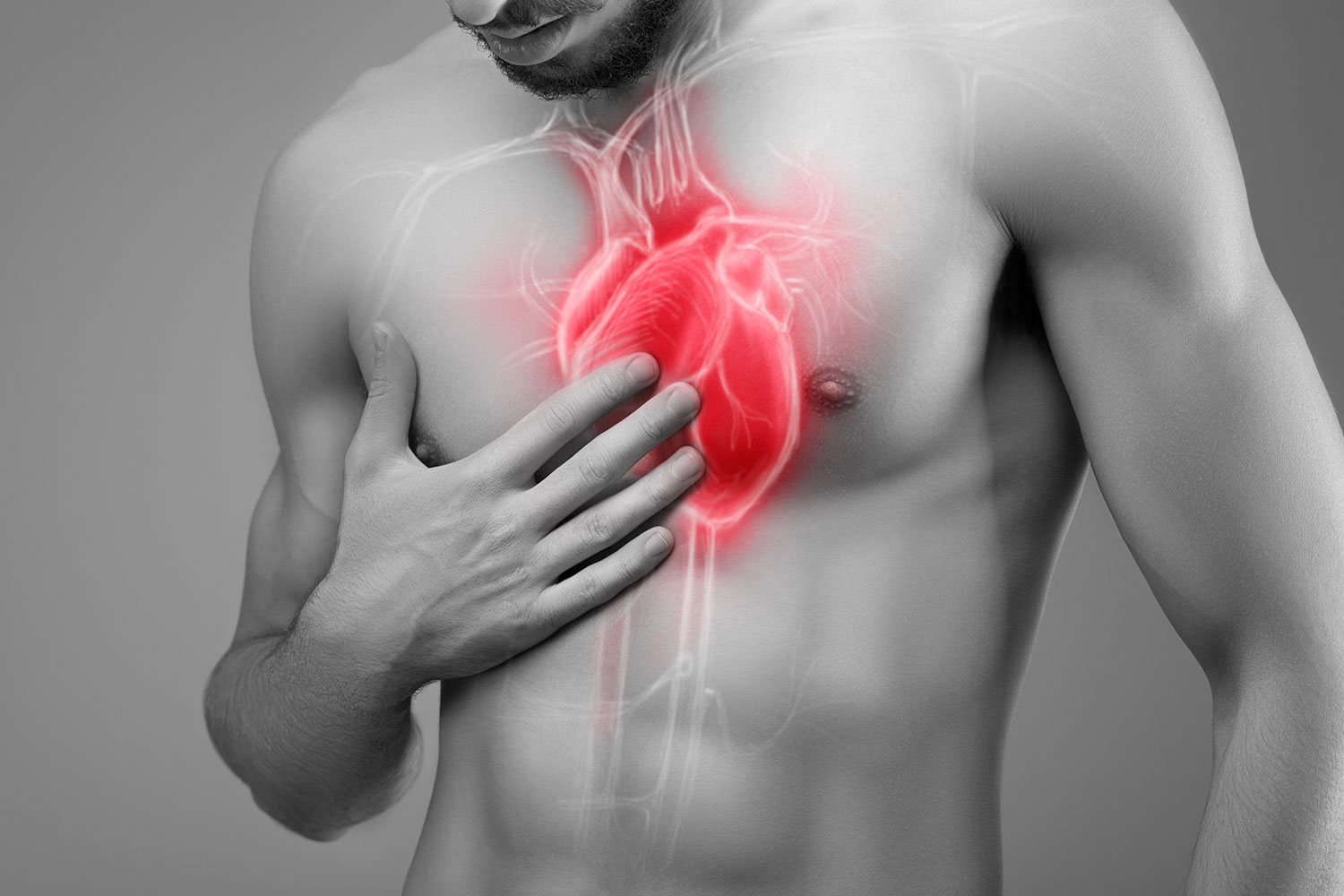Quick wins for cardiovascular wellness according to Dr Garcia
Quick wins for cardiovascular wellness according to Dr Garcia
Blog Article
Comprehending the Value of Cardiology in Modern Healthcare Solutions
Cardiology plays an important function in modern-day health care, particularly as cardiovascular disease proceeds to be the leading reason for death worldwide. Advancements in diagnostics and treatment have actually changed person care, enabling earlier interventions and improved outcomes. Moreover, the change towards precautionary cardiology encourages people to manage their health and wellness proactively. As innovation remains to progress, the integration of innovative solutions may even more redefine cardiology's influence on public health, prompting a closer assessment of arising trends and their effects.
The Frequency of Heart Illness and Its Effect On Public Wellness
Heart condition continues to be the leading cause of death around the world, its impact prolongs far past individual people to impact public health systems and economic climates. The high occurrence of cardiovascular disease puts a significant stress on healthcare sources, necessitating enhanced funding for rehabilitation, avoidance, and treatment programs. Public health campaigns must resolve risk factors such as obesity, cigarette smoking, and sedentary lifestyles, which contribute significantly to the climbing incidence of heart conditions.Moreover, the financial problem related to heart illness is enormous, incorporating not only straight clinical expenses but additionally indirect expenses connected to shed productivity and early mortality. Areas face challenges in taking care of these expenses, often bring about disparities in health care gain access to and results. As the populace ages and lifestyle-related risks continue to intensify, the urgency for efficient cardiology interventions ends up being paramount. Consequently, resolving heart disease is not only an issue of individual health and wellness yet additionally a vital public wellness priority.
Advances in Cardiac Diagnostics and Imaging Techniques
Current innovations in cardiac diagnostics and imaging techniques have actually transformed the field of cardiology, improving the ability to keep an eye on and find heart illness. Strategies such as cardiac MRI, CT angiography, and echocardiography have ended up being progressively sophisticated, providing comprehensive photos of cardiac frameworks and functions. These modalities permit the very early recognition of problems like coronary artery illness, heart failure, and valvular disorders.Moreover, developments in non-invasive diagnostics, such as wearable technology and remote surveillance devices, have actually empowered clients and health care companies. These devices facilitate real-time monitoring of heart rhythms and other essential indicators, bring about prompt treatments. In addition, fabricated knowledge is being incorporated into imaging analysis, boosting precision and efficiency in diagnosis.
Innovations in Therapy Options for Heart Conditions
Recent developments in cardiology have actually resulted in significant innovations in treatment options for heart problems. These include advanced surgical techniques that improve procedural results and arising medications that offer new methods for treatment. As the area advances, these advancements play a vital role in boosting patient care and results.
Advanced Surgical Techniques
Innovations in surgical strategies have actually changed the landscape of cardiology, using brand-new expect patients with heart conditions. Minimally intrusive procedures, such as catheter-based interventions, have significantly lowered healing times and hospital remains. Methods like robotic-assisted surgery enhance accuracy, permitting surgeons to browse complex anatomical structures with higher precision. In addition, improvements in imaging modern technology facilitate real-time visualization throughout procedures, boosting results. Transcatheter aortic shutoff replacement (TAVR) exhibits a breakthrough in treating aortic constriction, allowing valve replacement without open-heart surgical procedure. Furthermore, hybrid approaches that integrate catheter-based and surgical techniques give tailored services for numerous heart concerns. These sophisticated medical strategies not just improve individual safety and security but likewise expand therapy alternatives, emphasizing the essential duty of development in modern cardiology methods.
Arising Therapies and medications
As the landscape of cardiology continues to progress, emerging therapies and medications play a pivotal function in enhancing treatment choices for heart problems. Advancements such as novel anticoagulants and advanced lipid-lowering agents have actually transformed the management of cardio diseases, substantially reducing client morbidity and death. In addition, the development of gene treatments and regenerative medication supplies promising avenues for dealing with problems previously deemed incurable. Medical trials are continuously revealing the efficiency of these therapies, pressing the limits of typical treatments. The assimilation of electronic health and wellness innovations facilitates individualized medication, allowing for customized treatment strategies based on genetic and way of life aspects. Jointly, these developments highlight the vibrant nature of cardiology, improving client end results and redefining requirements of treatment in modern-day healthcare.
The Duty of Preventive Cardiology in Person Care
Preventive cardiology plays a necessary function in patient treatment by concentrating on the identification of danger elements that contribute to cardiovascular disease. Through way of life alteration techniques and very early discovery techniques, doctor can successfully decrease the incidence of cardiovascular events - Cardiology Jupiter. This positive approach not just enhances individual results however also promotes long-term health
Danger Factor Recognition
While cardio diseases remain a leading cause of morbidity and death worldwide, effective danger variable identification works as a foundation of precautionary cardiology. Recognizing risk aspects such as hypertension, hyperlipidemia, household, and diabetes history is necessary for early intervention. Healthcare professionals utilize different evaluating methods to review these elements, enabling for customized safety nets. Additionally, comprehending a person's way of living choices, such as smoking and physical inactivity, additionally educates risk evaluations. This thorough analysis makes more tips here it possible for clinicians to develop personalized care plans focused on mitigating dangers. By prioritizing danger element recognition, health care systems can boost person outcomes and minimize the general problem of heart diseases, ultimately contributing to boosted public wellness approaches and resource allowance.
Way Of Life Alteration Strategies
A plethora of studies highlights the important duty of way of life adjustment strategies in lowering heart disease risk. These techniques encompass nutritional modifications, raised exercise, smoking cigarettes cessation, and weight monitoring. By adopting a heart-healthy diet abundant in fruits, veggies, whole grains, and lean healthy proteins, individuals can lower cholesterol degrees and high blood pressure. Normal exercise reinforces the heart and enhances general cardiovascular health. In addition, giving up cigarette smoking substantially lowers the danger of heart problem and improves recovery prices for those with current problems. Weight management even more contributes to cardio wellness by alleviating other risk factors such as diabetes and high blood pressure. Applying these way of life changes not just advertises private health but likewise works as a keystone of preventative cardiology in individual care.
Very Early Detection Techniques
Way of life alterations greatly add to lowering heart disease threats, however they are most reliable when coupled with early detection techniques. Precautionary cardiology emphasizes the relevance of recognizing prospective heart issues prior to they rise right into severe conditions. Techniques such as blood stress tracking, cholesterol screening, and advanced imaging innovations like echocardiograms play critical duties in evaluating cardio wellness. Biomarkers and hereditary screening also enhance the precision of early detection, enabling tailored preventive strategies. Normal heart risk examinations encourage health care providers to intervene proactively, possibly stopping heart attacks and strokes (Cardiology care). By integrating these very early discovery methods into routine treatment, clients can take advantage of timely way of living interventions and targeted treatments, inevitably boosting and boosting end results quality of life
Integrating Modern Technology Into Cardiology Practices
As advancements in technology remain to improve different areas, the combination of cutting-edge tools and systems into cardiology practices has actually come to be important for improving client care and outcomes. Telemedicine systems allow cardiologists to keep track of people remotely, improving accessibility to care while decreasing the concern on health care centers. Wearable gadgets, such as smartwatches, enable continual heart price monitoring, notifying both clients and doctors to prospective problems in real-time. Additionally, expert system (AI) is being made use of to examine vast amounts of heart information, aiding in very early diagnosis and personalized therapy strategies. Advanced imaging methods, consisting of 3D echocardiography, boost visualization of heart structures, causing more specific interventions. Digital health and wellness documents (EHRs) streamline client details management, ensuring that cardiologists have immediate accessibility to essential data. Together, these technological advancements are transforming cardiology, promoting aggressive management and boosted wellness results for people with cardiovascular conditions.
The Significance of Individual Education and Engagement
Patient education and involvement play a crucial duty in the monitoring of cardiovascular health. By gearing up people with knowledge concerning their conditions, treatment alternatives, and way of living modifications, medical care service providers empower individuals to take an active function in their treatment. This aggressive method can bring about boosted adherence to recommended medications, dietary changes, and workout programs, ultimately lowering the risk of complications.Engagement additionally fosters a strong patient-provider connection, urging open communication and depend on. When patients feel informed and included, they are more probable to voice concerns and ask inquiries, which can lead to much better scientific results. Additionally, educational sources, such as workshops or electronic platforms, can improve understanding and promote self-management methods. Overall, prioritizing patient education and learning and interaction is necessary for improving cardio health, improving high quality of life, and decreasing medical care prices connected with cardiovascular diseases.
Future Trends in Cardiology and Their Possible Impact

Often Asked Inquiries
What Way Of Living Adjustments Can Lower Cardiovascular Disease Danger?
The present inquiry addresses way of life changes that can substantially lower heart illness threat. Cardiology Jupiter. Adopting a well balanced diet, involving in routine physical activity, keeping a healthy weight, handling stress, and avoiding cigarette can significantly enhance cardio health and wellness
How Can I Identify Early Signs of Heart Troubles?
Acknowledging very early signs of heart issues involves monitoring signs such as upper body pain, shortness of breath, fatigue, and uneven heartbeat. Prompt understanding of these indicators can motivate necessary clinical examination and treatment for much better end results.
What Are the Distinctions Between Cardiologists and Heart Surgeons?
The differences in between cardiologists and heart specialists exist in their roles; cardiologists mainly take care of additional info and identify heart problems with non-invasive approaches, while heart cosmetic surgeons perform operations to deal with structural heart issues. Each plays an essential, distinct duty.

How Usually Should I Obtain My Heart Wellness Checked?
The frequency of heart medical examination differs based on individual danger aspects. Generally, grownups need to undergo assessments every one to 2 years, while those with current conditions might require even more regular evaluations as recommended by health care specialists.
What Duty Does Genetics Play in Heart Condition Risk?
Genetics substantially influences heart problem threat, with familial patterns indicating inherited problems. Details genetics can predispose people to high blood pressure, cholesterol issues, and various other cardiovascular troubles, highlighting the importance of hereditary testing in examining heart wellness. Heart disease stays the leading reason of fatality internationally, its impact expands far beyond individual people to influence public wellness systems and economic climates. Public wellness efforts must address risk factors such as excessive weight, cigarette smoking, and inactive way of livings, which contribute considerably to the climbing incidence of heart conditions.Moreover, the economic problem associated with heart condition is tremendous, encompassing not just straight clinical expenses but also indirect costs associated to lost performance and premature mortality. Preventive cardiology plays a vital duty in patient care by focusing on the recognition of risk variables that add to heart condition. Man-made intelligence (AI) and maker knowing are enhancing diagnostics and client surveillance, enabling early discovery of heart conditions. The distinctions in between cardiologists and cardiac surgeons exist in their functions; cardiologists mostly take care of and identify heart conditions via non-invasive methods, while cardiac surgeons perform surgical procedures to fix structural heart concerns.
Report this page